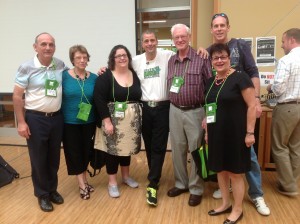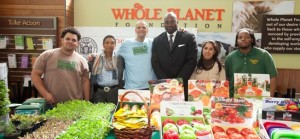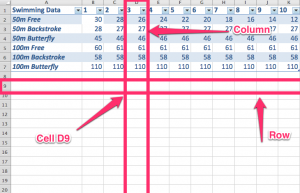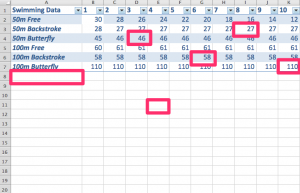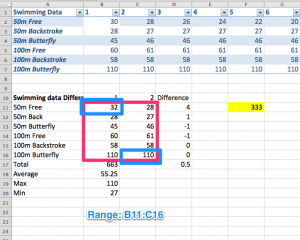Stephen Ritz: New Technology Syllabus, GreenBronx Machine
Yesterday, I was lucky enough to hear Stephen Ritz speak at PBL world about the work that he had developed with the Green Bronx Project. Stephen is a highly engaging speaker, and talked about starting a small project in the a high school in the Bronx in New York to grow indoor vegetables. This small project evolved into a large scale business, installing and growing indoor and outdoor gardens that have turned into public art…beautifying the urban area, increasing the health of the students and increasing school attendance from 40% to 93%
If you haven’t heard him speak before, take it from me, watch his TED talk. Now.
This area was statistically the poorest area in the state, and this meant that students were taking home grocery bags of fresh fruits and vegetables for their families. It has also opened conversations about the types of food that people eat, increased the health of the students, but also given them the ability to grow food cheaply within their own homes. They also had cooking lessons, with the food harvested from the garden used within the recipes, so that students learnt to grow and then cook healthy, cheap food. This has the potential to change their whole cycle of unhealthy eating within poorer areas. When these were growing, he then realised that they had way too much, and then scaled up production to increase the quantity so that the school canteen, and then the local community could buy their produce. This was all driven by the students, who were choosing the types of vegetables, doing the planning, finance, marketing, sales and production within the business. He gives the example where they produced for a while only green capsicums. Then, students went on an excursion to the markets where they saw that you could get different colours of capsicum and that red and yellow capsicums were worth a lot more money. From then on, they never grew green capsicums again. If you have a look at the photos, it shows the scale of the production. They then moved on to installing gardens within other areas, hiring themselves out to business where they have essentially created public art space. Within NSW, this seems to be a great context for senior Business Studies, Design and Technology and Industrial Technology.
Obviously, you can see links for all types of subjects here, which is why I think this is a great project that crosses so many Key Learning Areas. Health, Food tech, Science, Geography, Maths, Technology…but schools as a TAS teacher, at the moment, what I’m worried about most is the new National Curriculum (cue scary music) in Technology, which seems to, from my understanding, require a compulsory agriculture strand. Most schools will have serious issues with this. Firstly, the space to work this in. Secondly, the knowledge to actually make the gardening, etc, work. However, in Stephen Ritz’ own words “Be the conductor of an orchestra where you can’t play an instrument”. The kid’s research should be around the types of plants to grow, what to put them with in order to reduce pesticides, when best to harvest and sell plants, even what types of plants to grow based on research collected.
This is design at it’s finest! Entrepreneurial activity where students can make money and participate in a real world activity. I’m already scoping out areas of the school for my year 11 Industrial Tech class.
